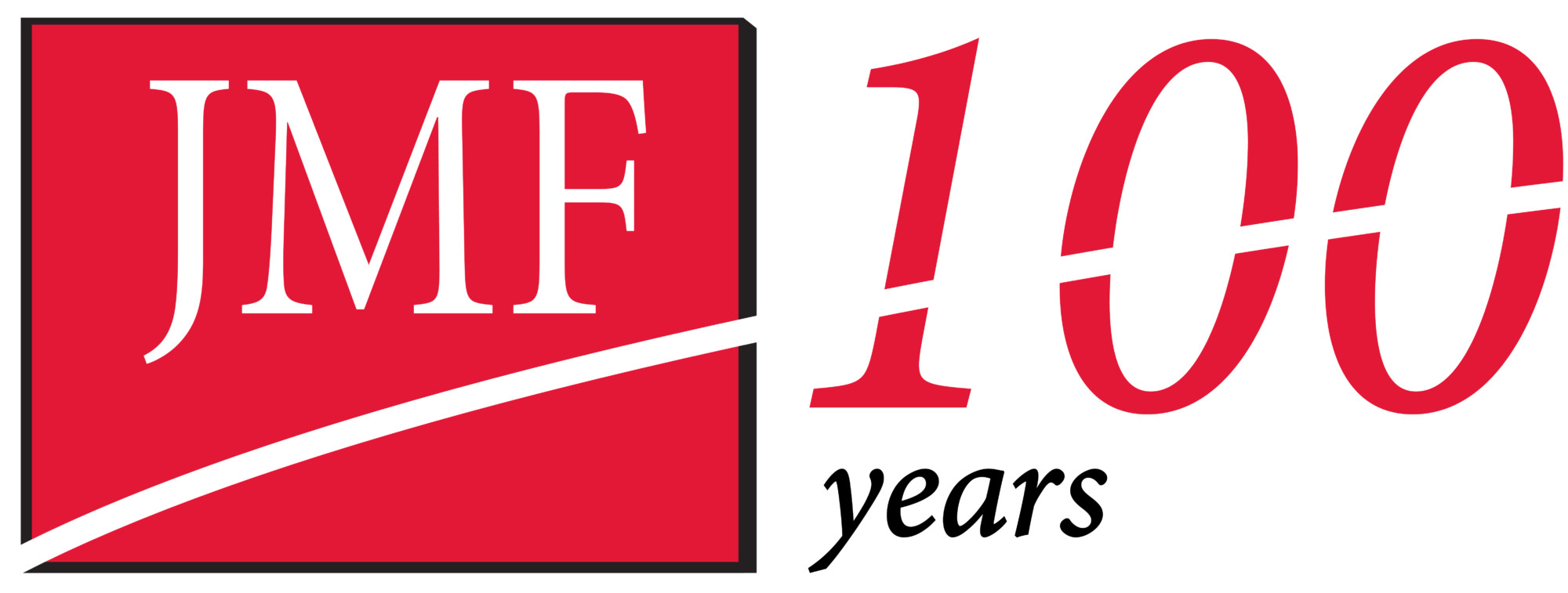Benefits for future generations
With a traditional IRA, you can build up a nest egg over time without paying any current tax, including an account where you have deposited a rollover from a qualified plan like a 401(k). However, if you do not need to draw heavily on the IRA, assets may be preserved for younger family members.
In fact, by utilizing the “stretch IRA” concept, the IRA may benefit future generations indefinitely.
Background: Although you may take out as much as you want from your IRA–and, of course, pay the resulting tax–required minimum distributions (RMDs) must begin after you have attained age 70½. The amount of the annual RMD is based on your account balance on December 31 of the prior year and the life expectancy of your beneficiary (or beneficiaries).
The IRS has established life expectancy tables for this purpose. Special rules come into play if you have designated as the sole beneficiary a spouse who is more than ten years younger than you are.
Key point: If you designate non-spouse beneficiaries for your IRA, such as children and/or grandchildren, the annual payouts will be relatively low because of the longer life expectancies of the beneficiaries. Even though those beneficiaries still have to take lifetime RMDs, the payout period is stretched over a long time. What’s more, the “shelf life” of the IRA can be extended still further if those beneficiaries name younger beneficiaries in turn. This is the essence of the stretch IRA.
Keeping that in mind, here are four steps that can help facilitate a stretch IRA.
- Be careful to properly designate the beneficiaries in the IRA paperwork. Double-check prior designations.
- Limit your own withdrawals to the minimum required by law. This preserves more wealth for your future beneficiaries.
- If there are multiple beneficiaries, have them establish separate accounts. RMDs must begin in the year following the year of death. Unless separate accounts are used, the RMDs are based on the life expectancy of the oldest beneficiary.
- Name successor beneficiaries. This ensures that RMDs will be withdrawn over the beneficiary’s entire life expectancy even if he or she does not live that long. Otherwise, the estate might have to pay out the entire amount.
To qualify for the benefits of a stretch IRA, the beneficiary must establish an account in the deceased IRA owner’s name by December 31 of the year after the year of death. This generally provides enough time for beneficiaries to get their ducks in a row.
Remember to meet your RMD obligations. Failing to do so can result in a tax penalty equal to 50% of the required amount (less any amount actually withdrawn). Note: Lifetime RMDs are not mandatory for Roth IRAs, but beneficiaries must then take RMDs after they inherit a Roth.
Final words: Do not create a stretch IRA in a vacuum. If it makes sense for you, incorporate this technique into your overall financial plan for your family. If you have any further questions, please reach out to your JMF tax professional, or our Pension Administration department.







Leave A Comment
You must be logged in to post a comment.